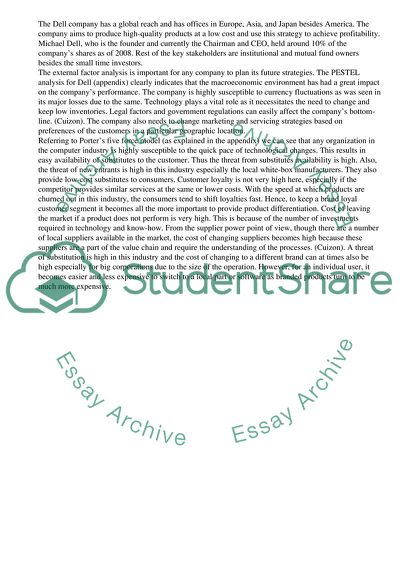Cite this document
(Dell's Current Market Position and Perspectives Case Study, n.d.)
Dell's Current Market Position and Perspectives Case Study. Retrieved from https://studentshare.org/business/1735946-dell
Dell's Current Market Position and Perspectives Case Study. Retrieved from https://studentshare.org/business/1735946-dell
(Dell'S Current Market Position and Perspectives Case Study)
Dell'S Current Market Position and Perspectives Case Study. https://studentshare.org/business/1735946-dell.
Dell'S Current Market Position and Perspectives Case Study. https://studentshare.org/business/1735946-dell.
“Dell'S Current Market Position and Perspectives Case Study”, n.d. https://studentshare.org/business/1735946-dell.


